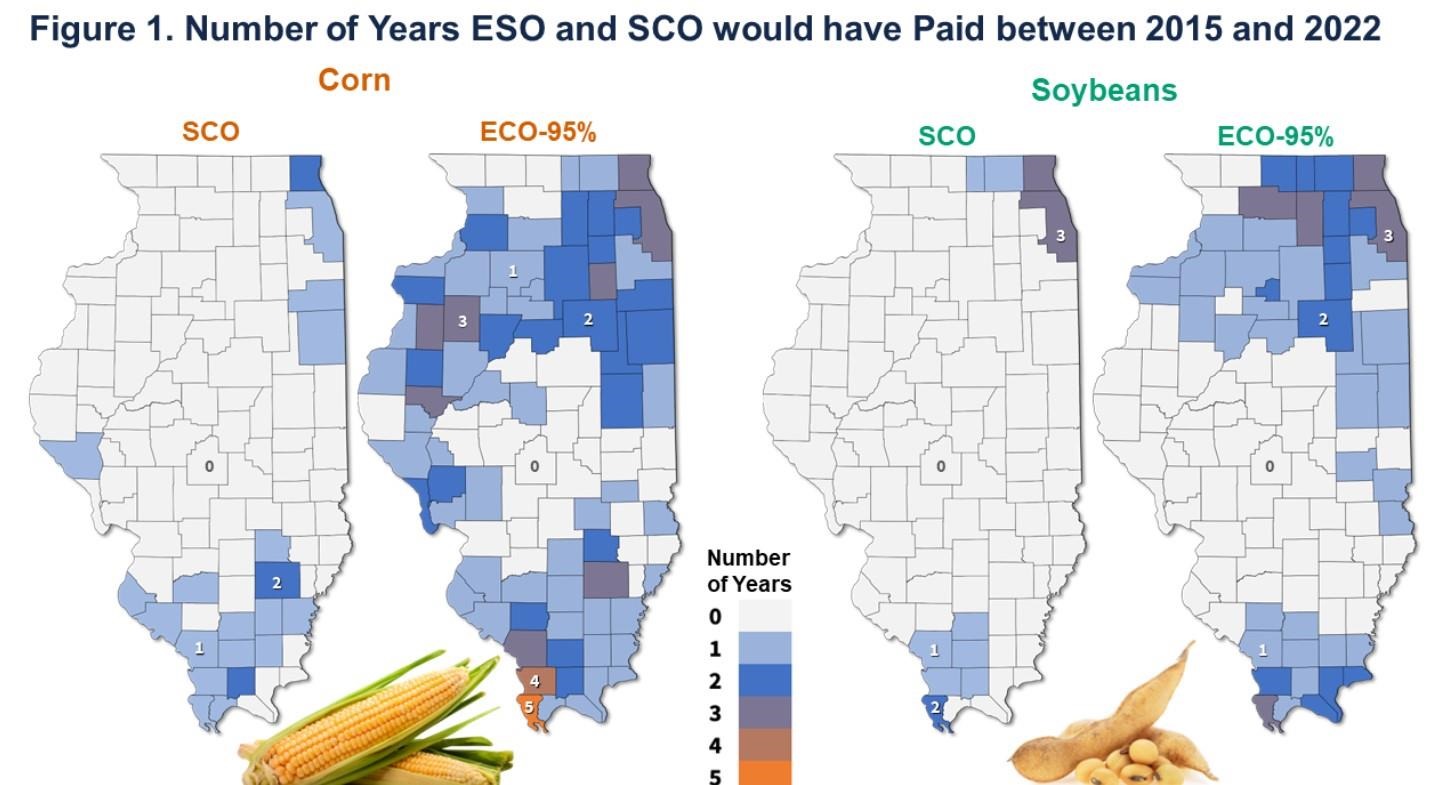The land that Lindsay Klaunig and her partner bought five years ago in southeastern Ohio was ill-suited for farming: 80 acres of highly erosive hills and hollows susceptible to flooding, where cow manure and waste from a former dairy operation drained into a waterway.
But through climate-friendly techniques and a little help from the Agriculture Department, Ms. Klaunig now grows heirloom vegetables, raises grass-fed cows and goats, and makes small-batch chocolate on her farm in Appalachia, named Trouvaille, or “lucky find.”
Rotating a herd through smaller parcels of pasture allowed vegetation to regrow and rebuild vigor. Terracing the hills, tilling as little as possible and sowing plants like buckwheat and crimson clover prevented topsoil from eroding. And using varieties suitable to the climate of the area reaped larger harvests while requiring fewer environmentally hazardous substances like pesticides and fertilizers.
These techniques, known as regenerative or climate-smart agriculture, are a cornerstone of the Agriculture Department’s approach to addressing a warming planet. For Ms. Klaunig, the practices yield practical benefits and adhere to her convictions, but it remains to be seen whether more widespread deployment of such methods — as the administration has sought to encourage — can truly reverse the effects of climate change.
“Trying to constantly balance what the land needs versus what we need from the land — that’s what it is for me,” Ms. Klaunig said. The important thing for the land is to “not leave it barren and eroding over the winter,” she added.
The Biden administration committed $22 billion this summer toward Agriculture Department programs using that approach, the largest federal investment to date in climate-smart practices. The funding makes good on a pledge from President Biden in his first week in office to encourage such practices in a sector that produces about 11 percent of greenhouse gas emissions nationwide.
Mr. Biden has heralded the potential of these techniques to capture carbon dioxide from the atmosphere and store it as carbon in the soil, thereby reducing the effect of the planet-warming gases. However, scientists still have not determined just how much and for how long carbon can be sequestered and how to even measure any impact.

“Trying to constantly balance what the land needs versus what we need from the land — that’s what it is for me,” Ms. Klaunig said of climate-smart agriculture techniques.Andrew Spear for The New York Times
Nonetheless, farmers, experts and the federal government broadly agree that these practices confer benefits like improving soil and water health, building resilience against drought and enhancing biodiversity.
“All these things together are going to be helping with the mitigation and adaptation side of climate-smart agriculture,” said Caitlin Welsh, an expert on food security and climate change at the Center for Strategic and International Studies, a think tank based in Washington.
Scott Faber, the vice president for government affairs at the Environmental Working Group, said that farmers played a critical role in ensuring a habitable planet.
“We tend to believe that farmers are good stewards of that land,” he added, but said that positive perception could change. “That belief will be shattered if and when agriculture is 30 percent of U.S. emissions.”
The bulk of the federal funding, about $19.5 billion from the Inflation Reduction Act that Mr. Biden signed last month, would shore up existing agricultural conservation programs that encourage climate-smart practices. The Agriculture Department announced in recent weeks that it would spend an additional $2.8 billion to enact and research climate-smart production on 20 million to 25 million acres of working lands.
Demand for the existing conservation programs has long exceeded the amount of funding that the Agriculture Department has been able to provide, and half to two-thirds of farmers who apply are turned away each year. Likewise, the department received over 1,000 applications for the climate-smart pilot projects that totaled $20 billion in requested assistance, Tom Vilsack, the agriculture secretary, said at a news conference this month.
“Farmers want to do these types of conservation programs,” said Ben Lilliston of the Institute for Agriculture and Trade Policy, a Minnesota-based research and advocacy nonprofit. “This is a significant step. We need this money and these resources to help farmers transition.”
Currently, climate-smart agriculture remains a niche but growing trend. The latest Census of Agriculture estimated that farmers use no-tillage systems — planting crops directly into the land without digging or turning the soil — on about 100 million acres of cropland. Farmers also planted cover crops, sown to prevent erosion and to increase moisture, on about 15 million acres out of 900 million total of farmland in the United States.
Farmers who tapped into existing conservation programs have observed firsthand the ecological and economic benefits of such climate-smart practices.